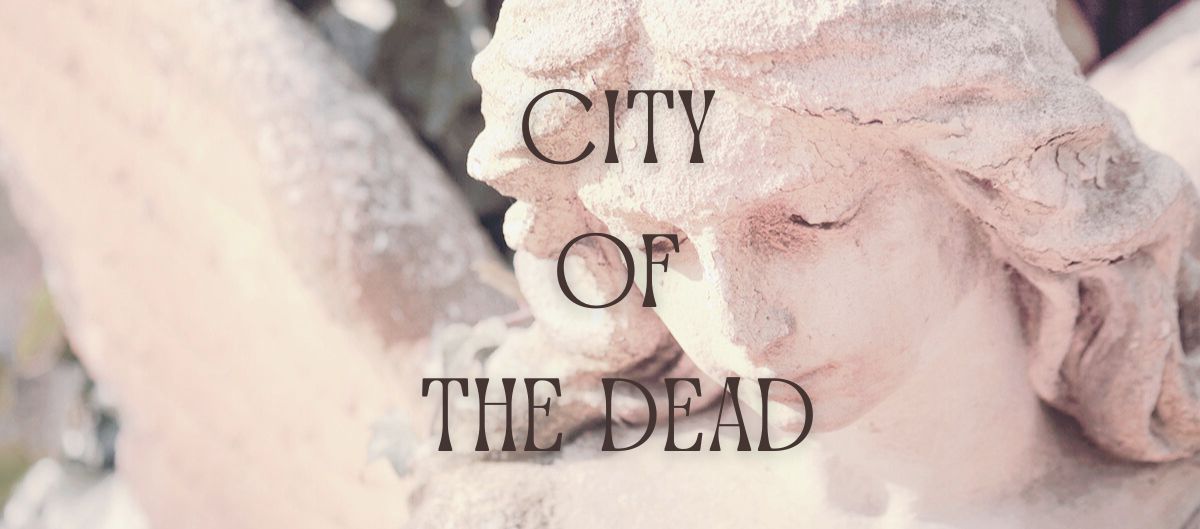Cairo’s City of the Dead: Where Life and Death Embrace

It is a curiosity, in stark contrast with the upscale metropolis of posh hotels and casinos in “new Cairo.” The narrow, unpaved streets of the City of the Dead wind between the tombs and family mausoleums along a 4 mile long Islamic necropolis.


At the base Egypt’s Mokattam Mountain, located about 3 miles from Cairo’s lively downtown, the “City of the Dead ” is an ancient collection of pantheons, family mausoleums and tombs repurposed into a city where the formerly homeless now live and raise families.



But parts of the site were bulldozed by government developers in a controversial modernization plan. The necropolis counts notable cultural figures, rulers and members of Egypt’s royalty among its dead inhabitants.


Popularly known as El’arafa, the City of the Dead moves away from the sepulchral silence characteristic of other cemeteries. There, what would begin centuries ago with the people who worked taking care of the tombs of the nobles, would not stop growing until it became another of Cairo’s neighbourhoods, a space in which life and death embrace.
introducingegypt.com
The qarafa al-sharqiya, or Northern Cemetery, is known as the Desert of the Mamluks since this section was developed in the early 14th century and flourished as the burial ground for sultans and dignitaries.

The main road through the cemetery was part of the processional route taken on festive occasions by the Mamluk rulers of Egypt. Impressive statuary stands as testimony to their rule.
Some of the inhabitants of the City of the Dead are proud to have the opportunity to share accommodation with the graves of their relatives. Around half a million people live there, sleeping eating, hanging their laundry and going about their lives among the tombs, many centuries old.

The extensive neighbourhood covers about 3 square miles of small two or three room houses with sand courtyards hosting ancient tombs. According to my guide, the city has recently supplied the area with electricity and running water and some residents have made their homes beside family tombs inside the once-luxurious pantheons…but most borrow the funerary of strangers.
And among what appeared to me to be a chaotic fistful of displaced humanity and avenues of cemetery markers it is surprising to see that commerce carries on in the form of cafes and shops offering a variety of goods and services. A city prospering in the midst of memories of lives once lived right here in Cairo.

As with most, this burial ground is full of art, you’ll find buildings that are home to important characters from throughout Egyptian history as is the case of the imposing mausoleum of the Mohammed Ali family, or the Sultan Sayf al-Din Inal Mosque.
Among the different ways to get to the City of the Dead, (it’s visible from main streets around Cairo, but it’s still best to visit with a guide. Click here for information on Viator’s private half day tour adding on the mosque of Ibn Tulun.
Related Posts
Rio de Janeiro and the Girl from Ipanema: Where Music Meets the Sea
Rio de Janeiro is more than a city—it’s sun-soaked poetry. From the iconic Christ the …
May 3, 2025Visit the Most Beautiful Bookstore in the World
It’s called El Ateneo, Spanish for “The Athenaeum”, a place associated with learning, the arts …
April 26, 2025

Leave A Comment